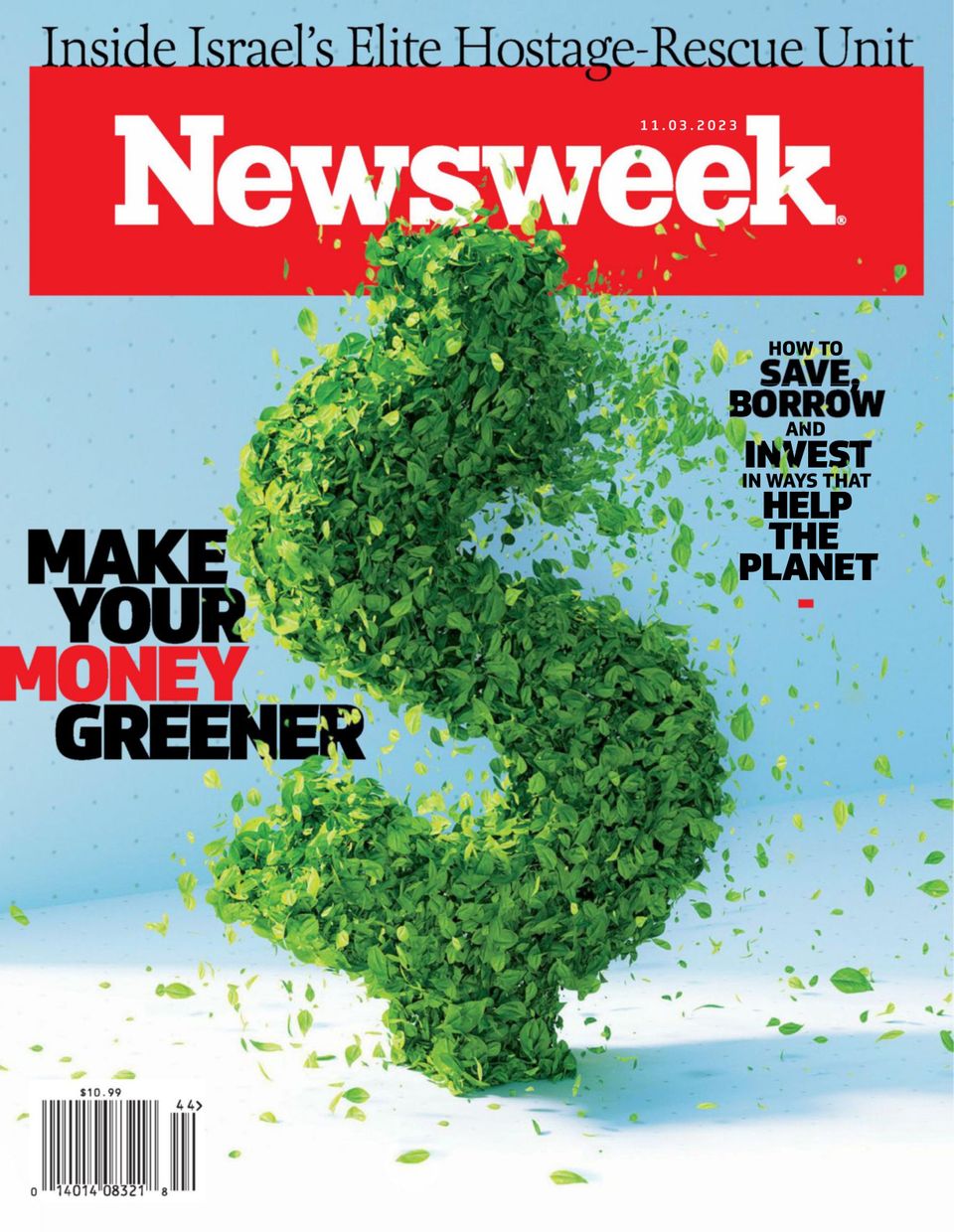The global blue-chip art market is experiencing its most severe downturn in over a decade, creating what many collectors and dealers are calling a buyer’s market. Traditionally stable names—Monet, Picasso, Warhol, Kusama, Hockney—once untouchable in price and prestige, are now being sold at significant discounts. This shift signals a broader change in demand, supply dynamics, and how art is valued in both public and private spheres.
Data from recent market reports show auctions for major works over $10 million dropped nearly 45% over the past year. Meanwhile, collectors report discounts of 10-25% in standard auction settings and even up to 50% in distress or forced sales. The market oversupply is a recurring theme: more high-net-worth individuals are now planning to sell, while fewer intend to buy. In some cases, this flip in sentiment reflects financial pressures among sellers; in others, it underscores doubt about where the art market is headed amid geopolitical instability and trade tensions.
Sotheby’s, one of the most venerable auction houses, has been among the hardest hit. Its 2024 losses more than doubled to $248 million, up from roughly $106 million the prior year. Revenue from commissions and fees fell sharply, down 18%, as demand weakened and major auctions failed to meet expected returns. Severance and staffing costs also weighed heavily on its bottom line. The company has reduced staff modestly, but severance costs rose steeply. Its efforts to adapt include private sales and special buyer incentives, but the headwinds have intensified.
One result is growing opportunity for buyers. In private channels—where transactions are less visible—collectors are growing more confident, especially when purchasing works with strong provenance and condition. Many are using the current climate to negotiate aggressively. Brokers and private dealers report longer sale cycles and greater patience from buyers, with many walking away from pieces they see as overvalued.
Critics warn, however, that the slump could inflict long-term damage if speculation returns too rapidly or if overproduction of works (or unverifiable provenance) leads to buyer distrust. Some art advisors recommend that potential investors focus on quality over name, condition over hype, and authenticity over trend. They suggest that those with dry powder (liquid capital) may find this a rare window to acquire major works under more favorable terms.
There is also debate about whether this dip is a correction or a longer contraction. Macro-factors—soaring logistics costs, trade friction, inflation, and changing tastes among younger collectors—are all cited as contributing forces. For now, the blue-chip art market seems to be rebalancing: a stratification between high prestige and mass desire, between rarity and reputation. For those on the sidelines, it may look like chaos. For others, especially discerning buyers, it might be a once-in-a-generation opportunity.




